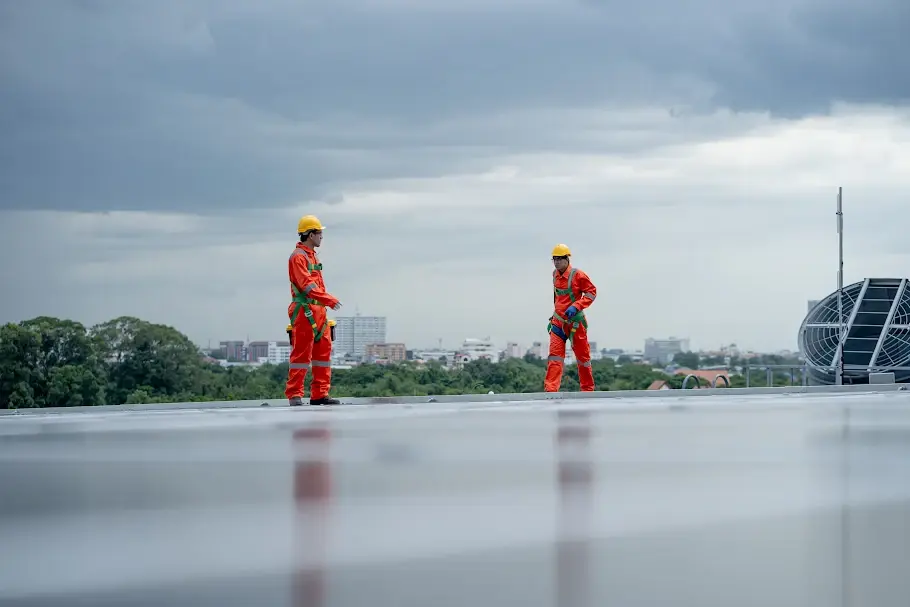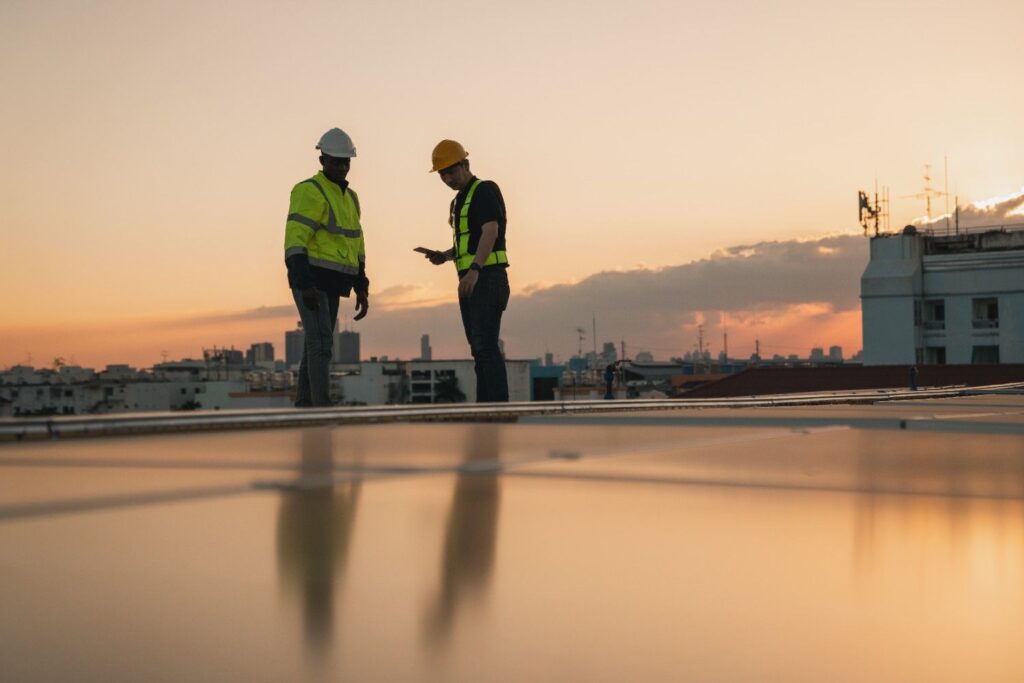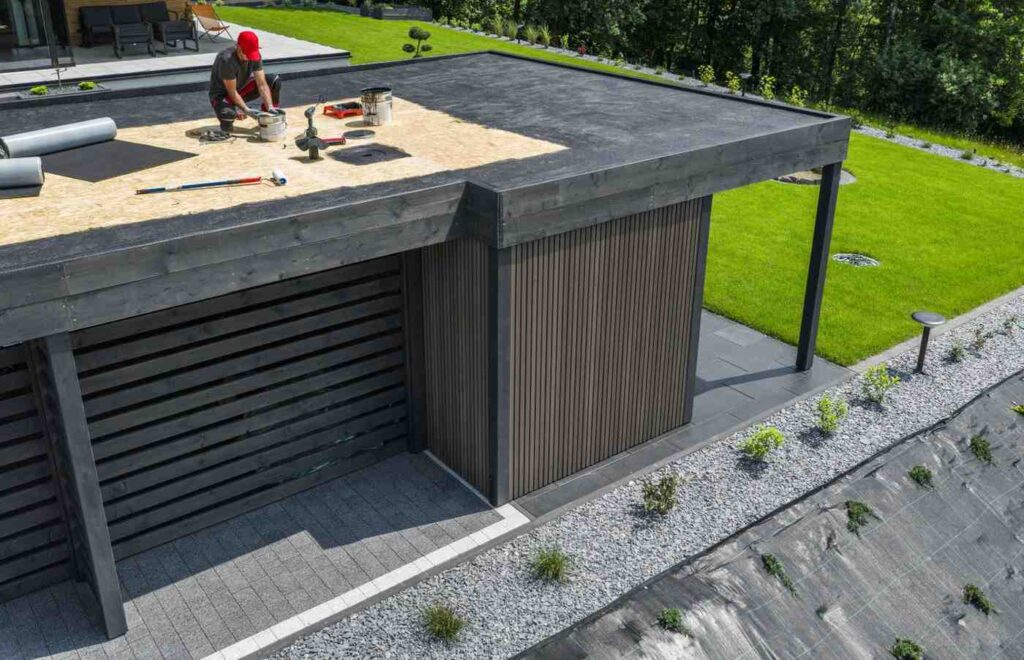If you own a commercial building or a modern-style home, then there is a chance that your property has a flat roof. They simply need more attention than pitched ones, while flat roofs look sleek and efficient. Whether you’re planning a flat roof installation or maintaining an existing one, it is smart to schedule regular flat roof inspections, as they are one of the most effective ways to protect your investment. Even small issues like minor cracks or standing water can quickly turn into leaks, rot, and costly repairs.
That is where Flat Roofs by Pegram comes in to help you. Their experienced team has specialized in detailed flat roof assessments that go beyond the surface. They will check every part of your roof, from membranes and seams to drainage and insulation, through the utilization of advanced tools and expertise.
Why Flat Roof Inspection Matters
The flat roofs do not shed water like sloped ones do, so even small drainage issues can cause big trouble. UV rays, debris, and temperature are more likely to wear down materials over the period of time. A professional flat roof inspection would definitely help in the detection of these early signs of deterioration before they affect the structure or interior of your building.
All you need to think of it like a check-up for your roof. It is just like you would not skip a visit to the doctor, so you should not ignore your roof’s condition. The regular inspections not only prevent damage but also extend the lifespan of your roof by keeping the energy bills in check and reducing long-term costs.
Sign #1: Pooling or Standing Water
If water is sitting on your roof for more than 48 hours after rain, then it is a warning sign. Flat roofs have been designed with a subtle slope for drainage, but settling or clogged drains can lead to puddles over the period of time. It has been noticed that standing water accelerates the membrane decay and increases the risk of leaks at the same time. A flat roof inspection can identify the drainage problems and prevent structural damage before it worsens.
Sign #2: Cracks, Blisters, or Bubbles
The cracks and blisters would indicate trapped moisture or air under the surface. They will expand with heat and can break the waterproof barrier if left unchecked. The professionals can measure the extent of the damage and recommend quick fixes during the time of inspection, before they become costly roof replacements.
Sign #3: Loose Flashing or Damaged Seams
The installation of flashings can seal the edges, vents, and skylights. We all know that water finds its way inside when it loosens. In the same way, seams between roof membranes can pull apart over time due to weather changes. A proper flat roof inspection will help ensure all these connection points remain sealed tight to keep your building watertight.
Sign #4: Interior Stains or Mold
It is interesting to know that sometimes the first sign of roof trouble shows up indoors. Water stains, peeling paint, or moldy smells could usually mean moisture is sneaking in through a hidden leak. A quick inspection is more likely to trace the source, fix it fast, and stop the damage before it spreads.
Sign #5: Aging or Neglected Roofs
The age of the roof matters the most, even if your roof looks fine from the ground. There are flat roofs that can last about 15–25 years. If yours is nearing that range and has not been checked lately, then you should schedule a flat roof inspection soon. You will know whether it just needs minor repairs or if it is time to start planning for the replacement.
What to Expect During an Inspection
A typical inspection from professionals will simply cover every critical component of your roof. Inspectors tend to look for visible damage, test drainage, and evaluate insulation as well. They can easily detect the hidden leaks that are not visible by using tools like infrared scanners and moisture meters.
Afterward, you will receive a detailed report outlining their findings, consisting of complete photos and recommendations. You will know exactly what is required to keep your roof performing at its best, whether you need simple sealing or more extensive repairs.
Final Thoughts
Your roof is more likely to protect everything beneath it, and neglecting it can lead to some serious damage. Scheduling regular flat roof inspections is one of the simplest ways to prevent costly repairs and extend your roof’s life at the same time. If it has been over a year since your last inspection or if you have noticed pooling, cracks, or stains, then do not keep waiting. Acting early is always cheaper and safer than fixing the problems too late.
FAQs
1. How often should I schedule a flat roof inspection?
You should schedule a flat roof inspection twice a year, and ideally once in spring, once before winter.
2. How long does a flat roof inspection take?
A flat roof inspection would usually take 60–90 minutes, as per the roof’s size and condition.
3. Can I inspect my roof myself?
You can spot obvious issues like debris or cracks, but only a professional flat roof inspection can detect hidden leaks and structural weaknesses.
4. What does a professional inspection cost?
A professional inspection would cost between $200 and $500, as per the building’s size.
5. What happens if I skip inspections?
If you skip inspections, then it can lead to leaks, water damage, insulation failure, and costly emergency repairs later on.




